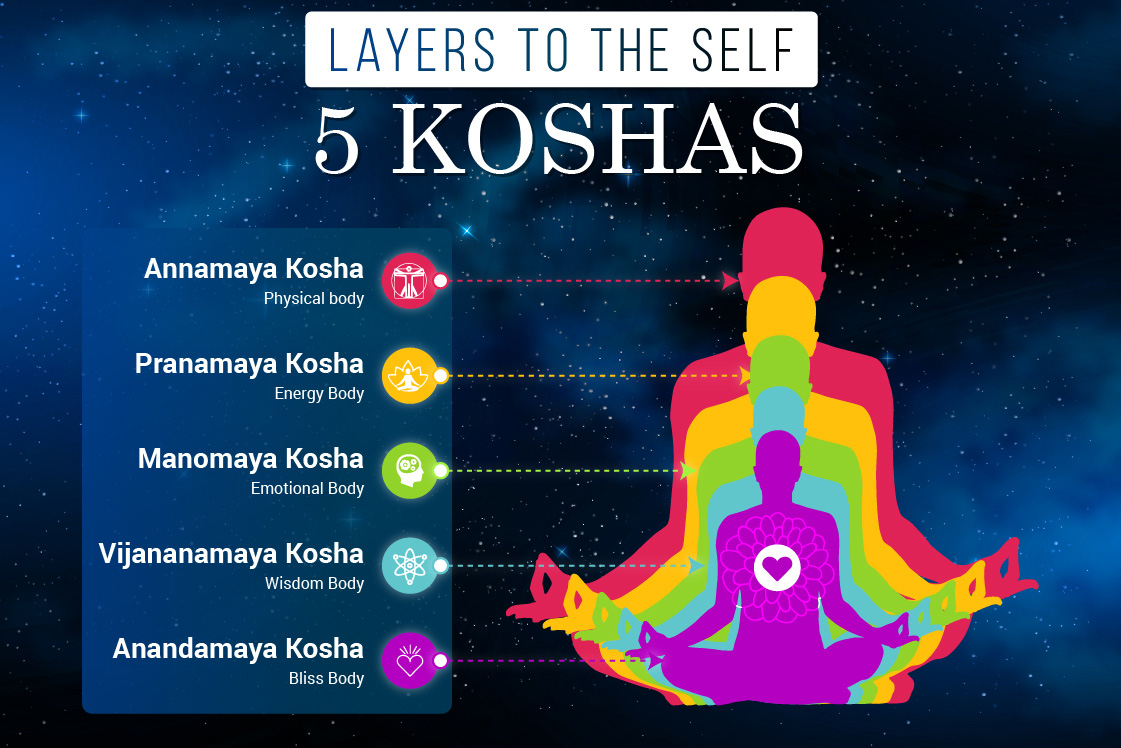
The C.O.V.I.D Learning from COVID-19
- By Rashmi Lad and Vikas Prabhu
- September 07, 2020
Share This Story
COVID-19 and Yoga philosophy, Panchakosha theory
Let noble thoughts come to me from all directions – Rig Veda [1.89.1]
Ever since COVID-19 exploded into a global pandemic, life as we know it – or, so to say, "business-as-usual" – has been disrupted on an unprecedented scale. Indeed, some have begun comparing the disruption to the scale of the World Wars. At the individual level, the disruption has manifested in manifold ways, such as: psychological (e.g., anxiety, stress, and boredom), physiological (e.g., erratic sleep cycles), personal-functional (e.g., shutdown of offices and schools), and interpersonal (e.g., social isolation and loneliness). But, as Gomes has asked on this very blog, do we merely view these disruptions as a curse befallen upon us, or can we take away valuable lessons from it? We strongly align with the latter and strive to turn the pandemic experience into a window for learning opportunities.
In this article, we use a classic Indian philosophical framework – the panchakosha theory – to provide a perspective on how the pandemic can show us the way to bring about comprehensive change.
The panchakosha (five sheaths) theory of human existence
The panchakosha theory is said to have originated from the Taittiriya Upanishads. The theory suggests that individual human existence comprises of five dimensions that manifest as nested layers/sheaths. The five (i.e. pancha) layers (i.e. koshas) are as follows:
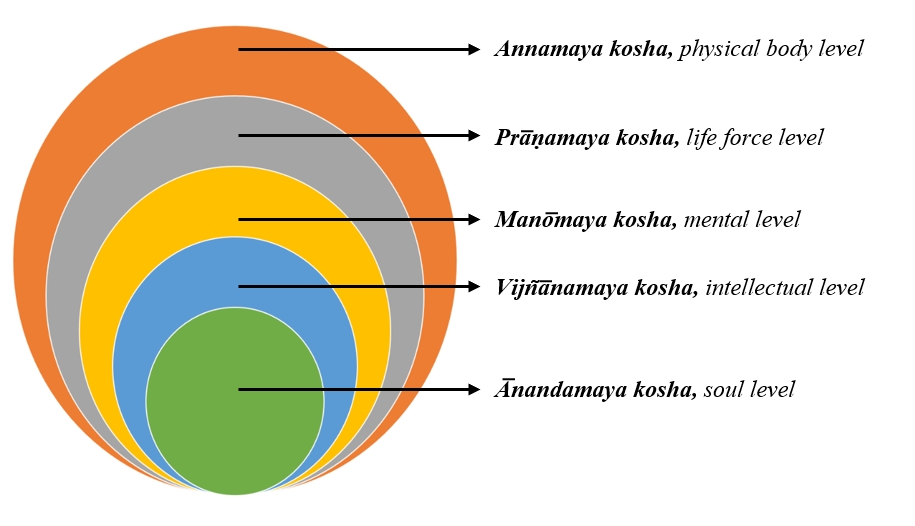
-
Annamaya kosha, comprises of our biological bodies with its attendant sensations. Anna, meaning food, sustains this layer
-
Pra̅ṇamaya kosha, is said to involve the vital energies that "activate" our bodies and is concerned with the vibrations of the breath (i.e. pra̅ṇa)
-
Mano̅maya kosha, encompasses our thoughts and emotions. Mana stands for mind, which this layer represents
-
Vijn͂a̅namaya kosha, accounts for our knowledge, intuition, and perception. Jn͂a̅na means knowledge. This layer houses our beliefs and engenders the power of reflection
-
A̅nandamaya kosha, is the level of unadulterated bliss. This layer is said to be closest to the A̅tman or soul and is characterized by pure consciousness or self-awareness.
The five layers contribute variously to the manifestation of our existence: our bodies endow us with physical presence, our breath actuates our bodies with vital life energies, our minds drive our thoughts and emotions, our intellect shapes our beliefs and aids rationalizing, and somewhere deep in there (which we call the "soul") lies a deeply rooted egoistic self. Depending on our preoccupations and/or predispositions, every individual relates with the five levels in unique ways and, hence, each of us experiences different levels of self-awareness.
The panchakosha theory uses the metaphor of the layers of an onion (Iyengar, 1966) to illustrate that the five koshas are nested existential manifestations. Yoga philosophy, as elucidated by Iyengar (1966), uses the panchakosha theory as a basis to indicate that harmony within humans can be achieved through a seamless blending of the layers. Hence, we feel that the panchakosha theory can serve as a platform to integrate the learning from COVID-19 impact in a holistic manner.
The learnings from COVID-19 experience
The drastic impact of COVID-19 pandemic on our daily routines and lifestyle has made us introspect on the reality of our own existence and the world around us. This has opened various avenues of learning at the individual level, which has occasioned looking deeper into ways not merely of surviving yet another emergency, but also to bring about fundamental changes to our lives in harmonious and sustainable ways.
First, and foremost, the pandemic teaches us hard lessons in personal hygiene. It demands that we clean up our physical lives through endorsing hygienic practices, incorporate a balanced diet, ensure our surroundings are kept safe from toxins and impurities, and exercise regularly to maintain physical fitness. This is, clearly, a learning at the level of annamaya kosha.
However, beyond bodily cleanliness, the pandemic also teaches us to open up our personalities towards harmonizing the vital energies of our inner-self with the energy flows in our immediate surroundings, which also includes our various relationships. The message of social distancing has never been to lead an isolated existence, rather to attempt a disciplined life that sustains positive thoughts within oneself as well as foster the same amongst the people around us. We see this as touching the pra̅ṇamaya kosha as it teaches us to harmonize inner and outer positive energies.
Further, the pandemic experience, as Prabhu states, demands that we venture into the psychological domain to think of creative ideas and embrace a "new normal". Emphasizing the need for novel solutions, we see a creative stress on mano̅maya kosha. Moreover, the prolonged nature of impact has necessitated broader engagement. It has illuminated the need to pursue wider scientific and intellectual approaches in search of more sustainable technologies and new, safer social habits and work practices. This clearly emphasizes the role of vijn͂a̅namaya kosha towards undertaking intellectual engagement.
Finally, the pandemic also has a deeper message. While accomplishing the above physical and intellectual objectives, the pandemic also calls upon us to deepen our perspective to think inclusively and account for those on the periphery – both institutional and economic. Deepening pursuit appeals to the very heart of our individual-social existence, hence, drawing upon the a̅nandamaya kosha. Thus, it seems to us that lessons emerging from the COVID-19 experience touch upon all five levels of the panchakosha theory of our existence. We summarize the learnings in the below illustration.
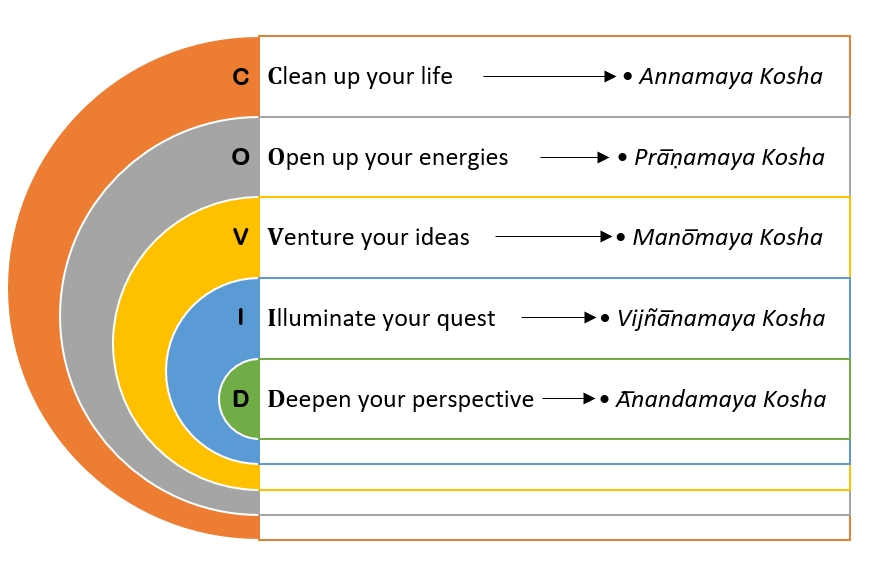
In showing that COVID-19 pandemic impinges upon all of the panchakosha levels, we intend to highlight that its lessons ought to inspire holistic changes in our lives. In order to make the five levels of learning interesting, we draw your attention to the fact that the five learnings are lined up along the name of the pandemic itself, i.e., Clean-Open-Venture-Illuminate-Deepen (C.O.V.I.D). By suggesting such an astute connection, we hope that this structure makes the learning not only comprehensive, but also memorable. Thus, sincerely hoping that our readers take away a positive and enduring message towards holistically overhauling their lives while tiding over these challenging times.
Reference:
Iyengar, B. K. S. (1966). Light on Yoga. London: George Allen & Unwin.

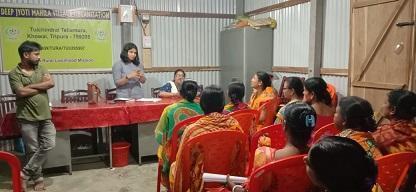
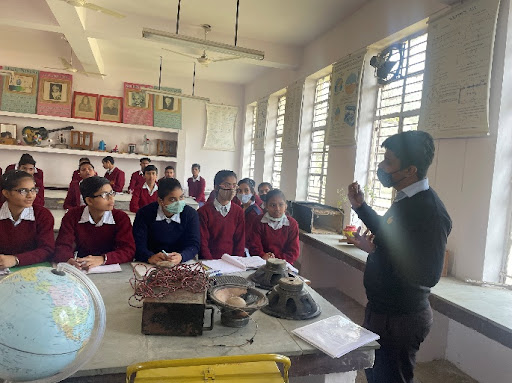
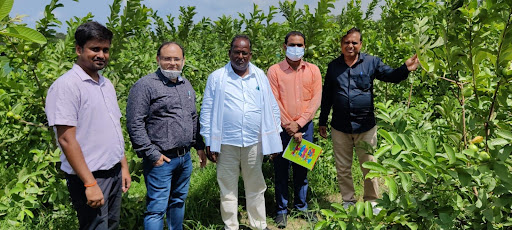
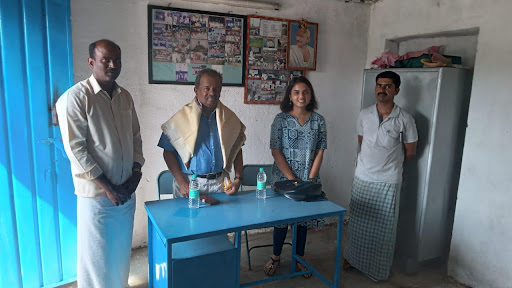
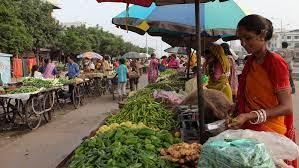
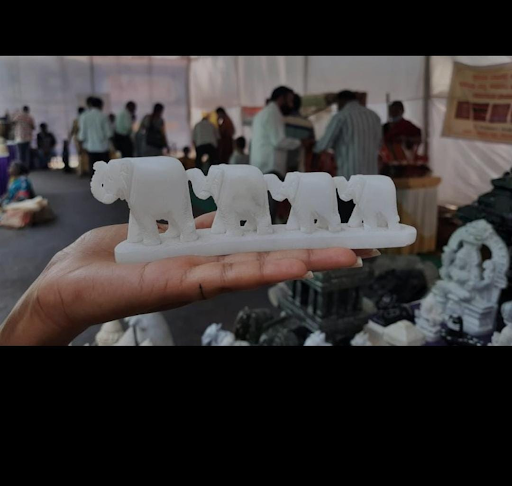
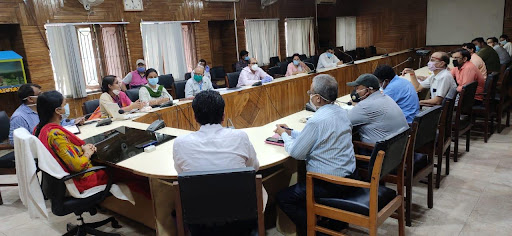
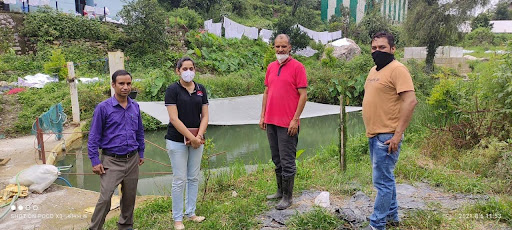




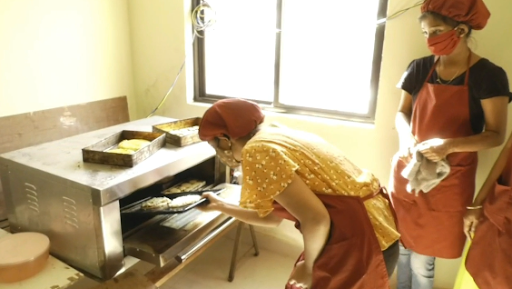
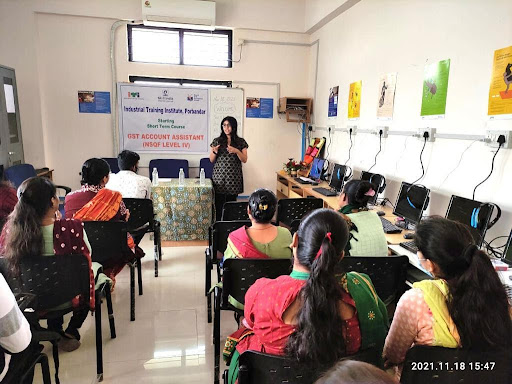



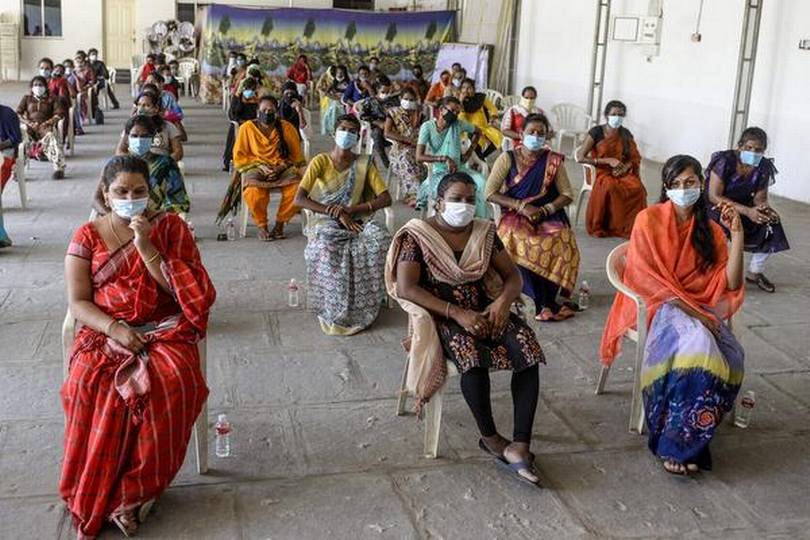
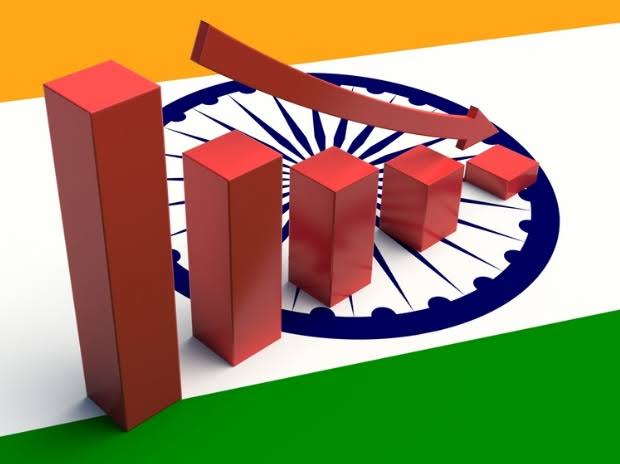








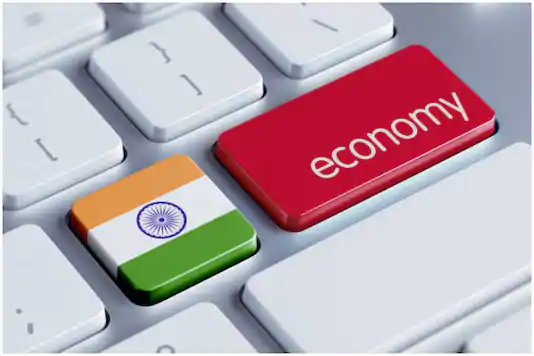


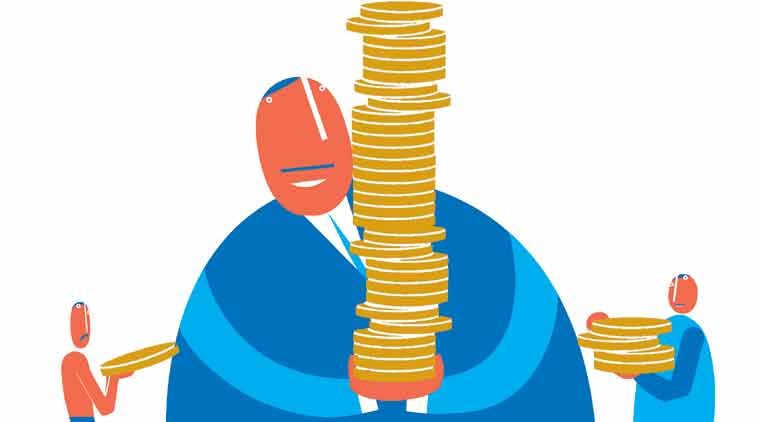
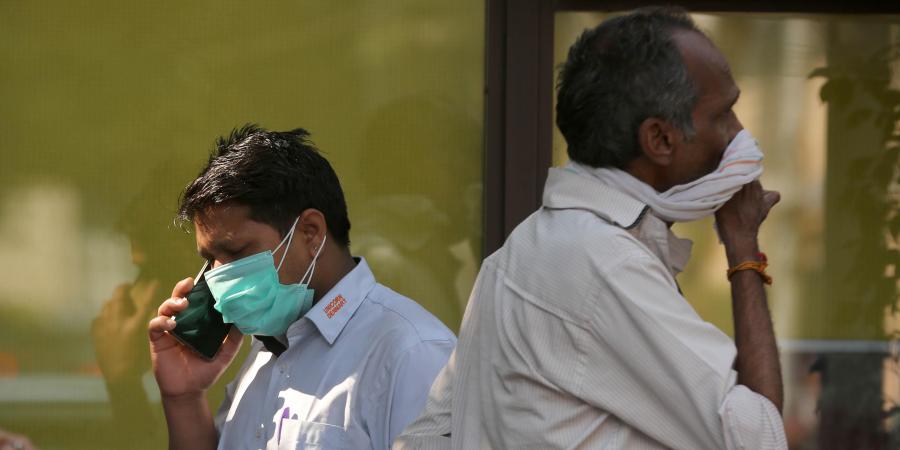

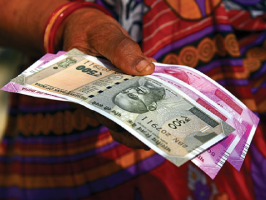
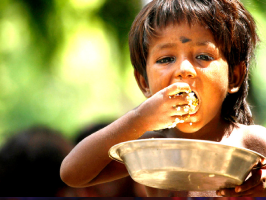
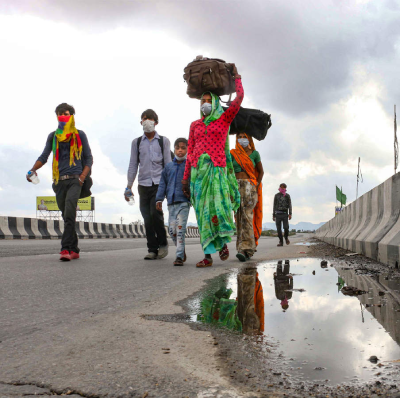
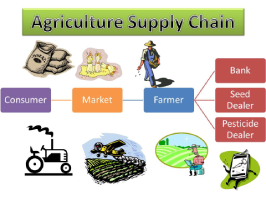
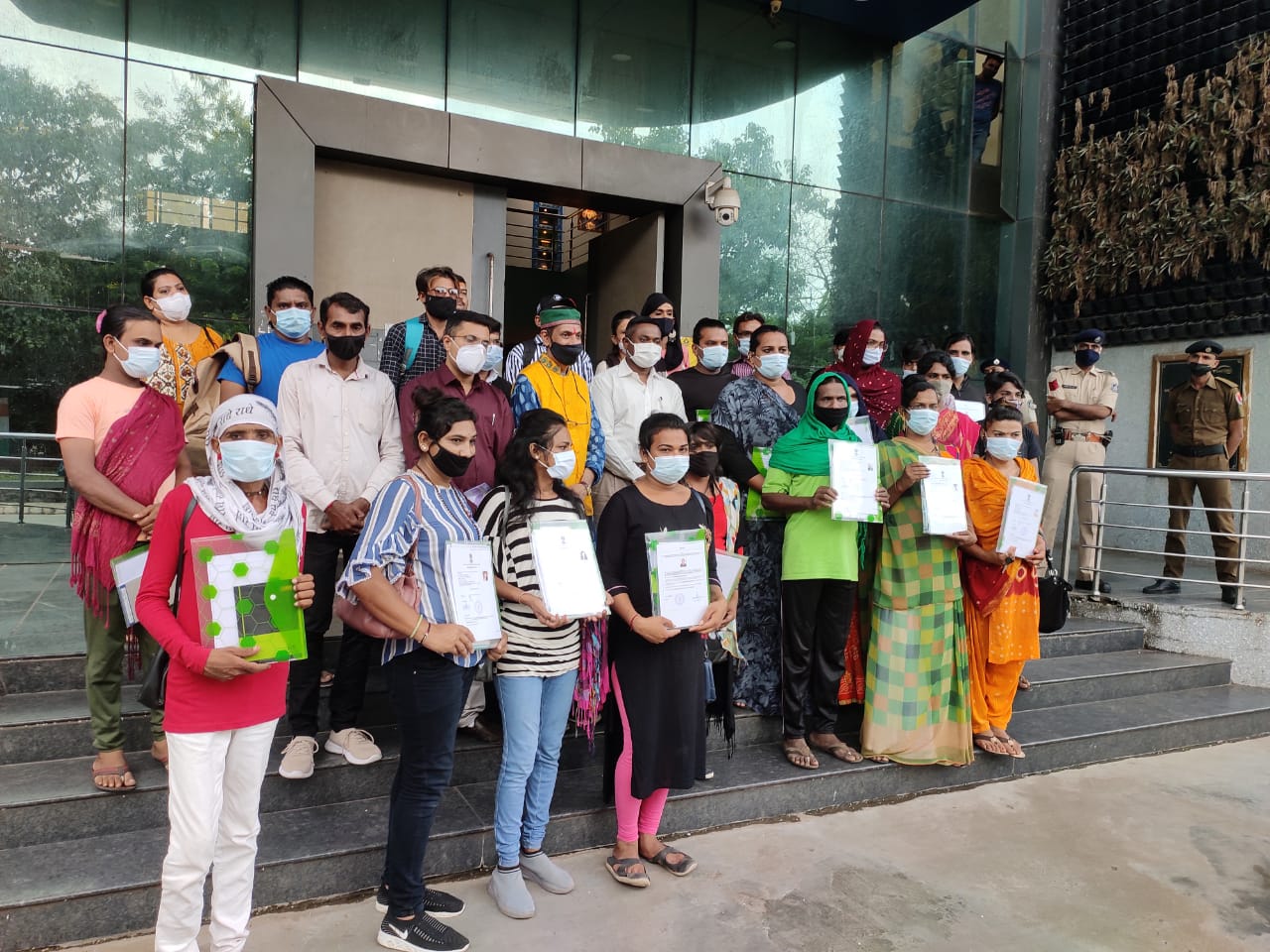
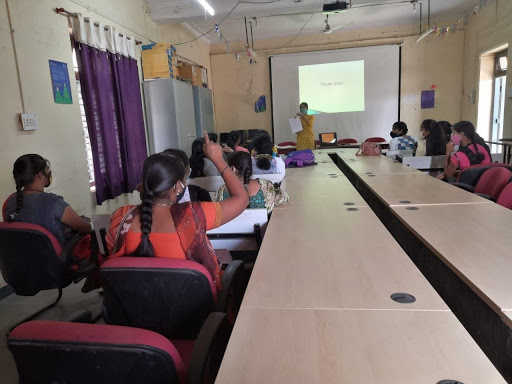




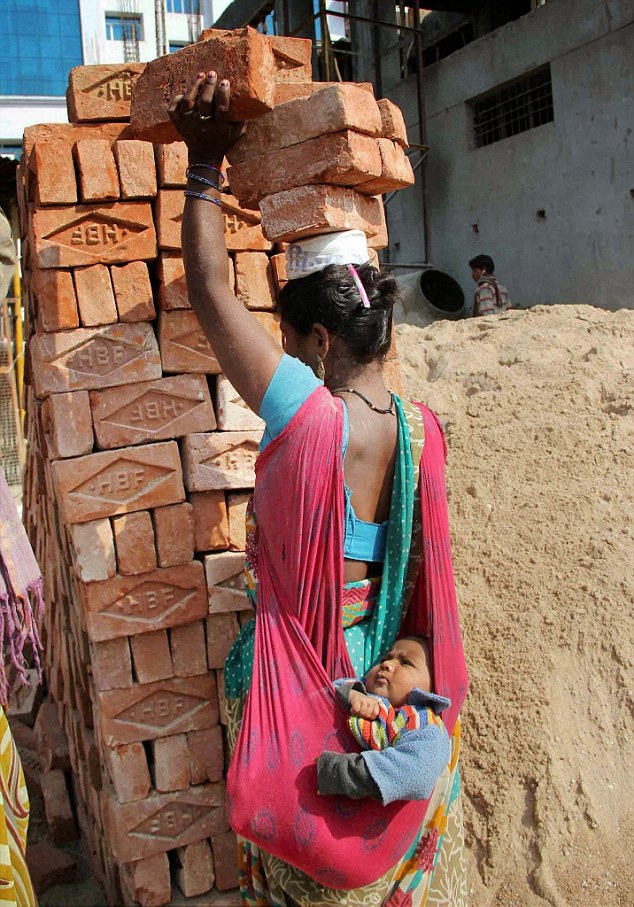

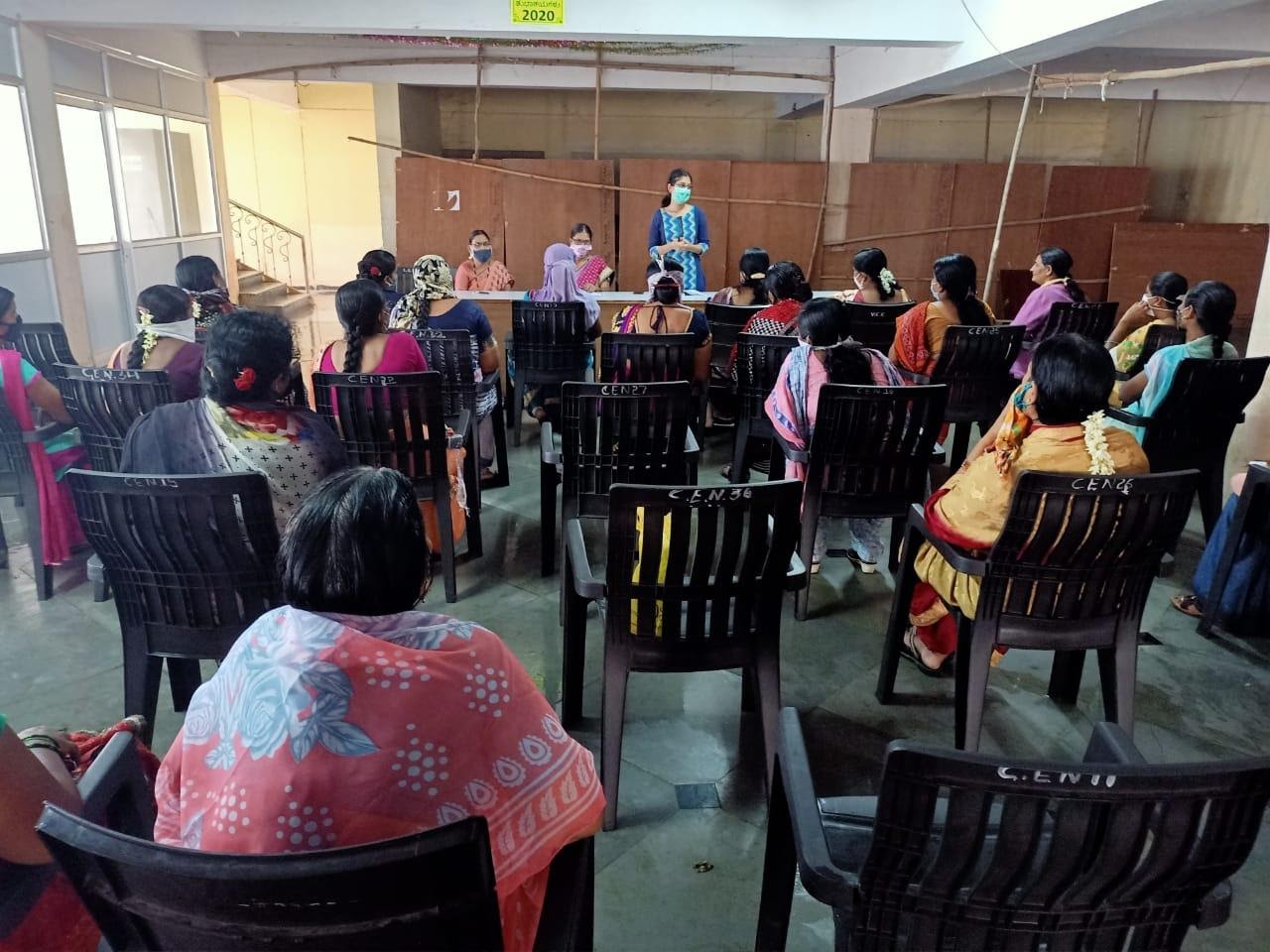
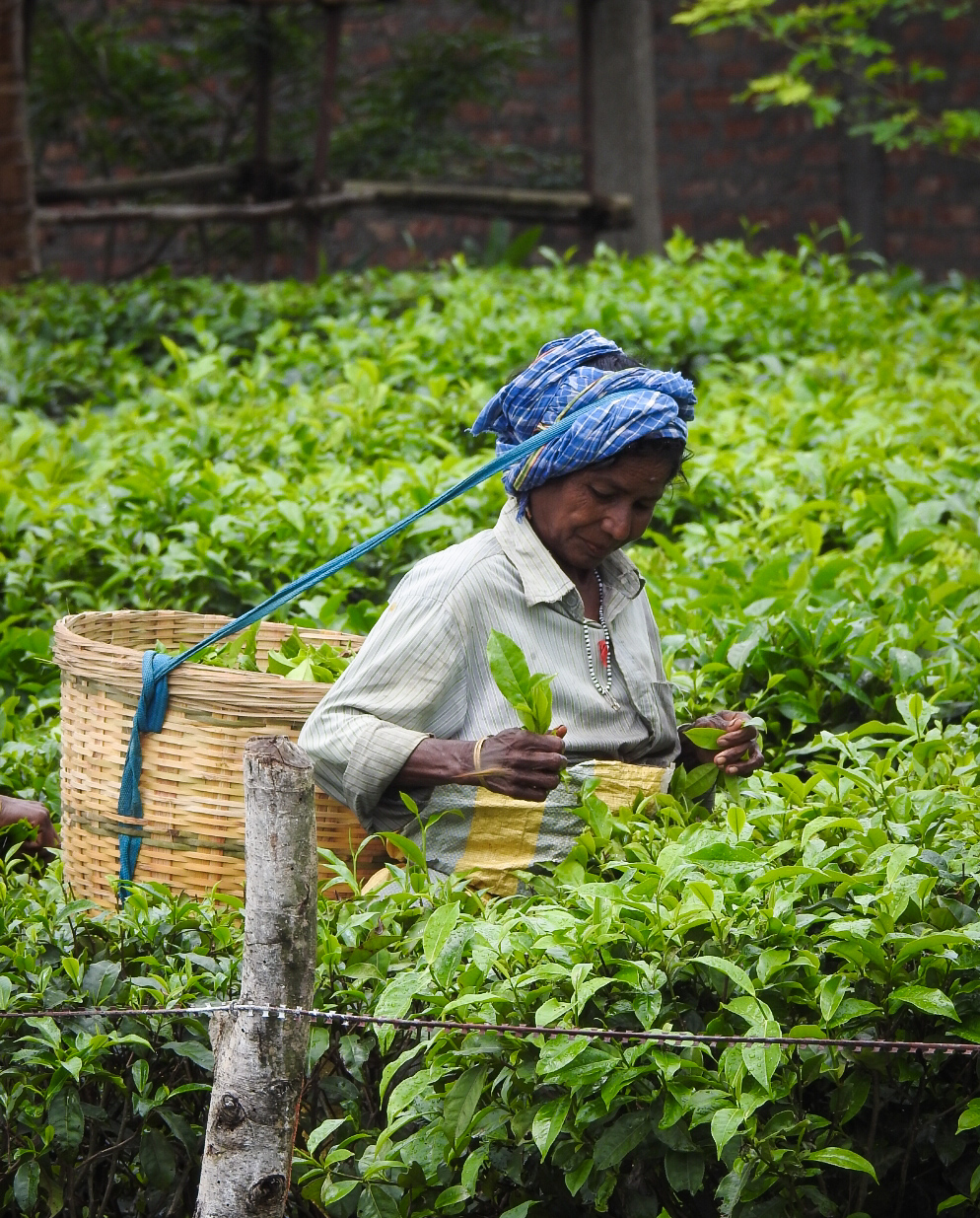

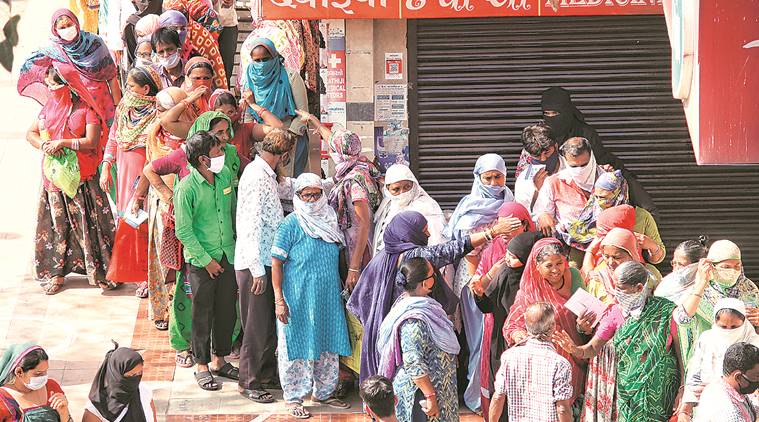

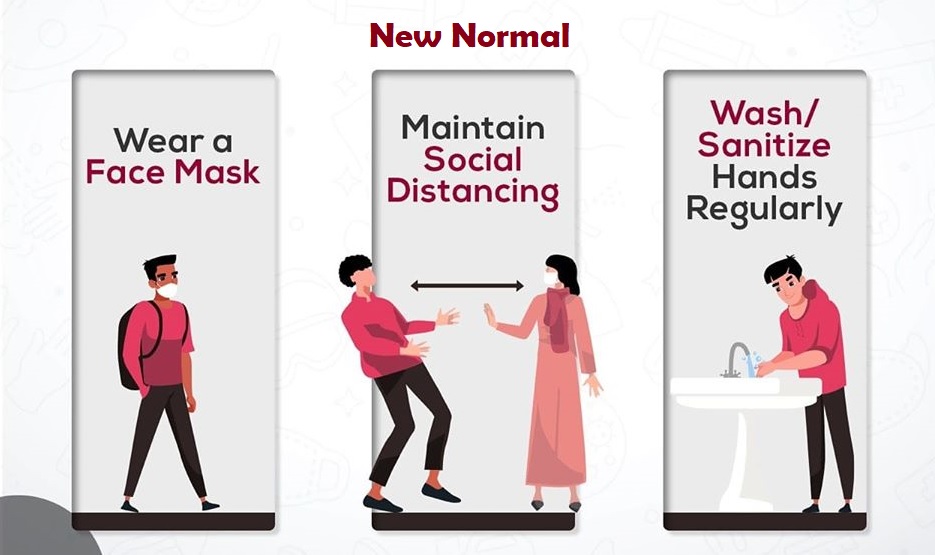
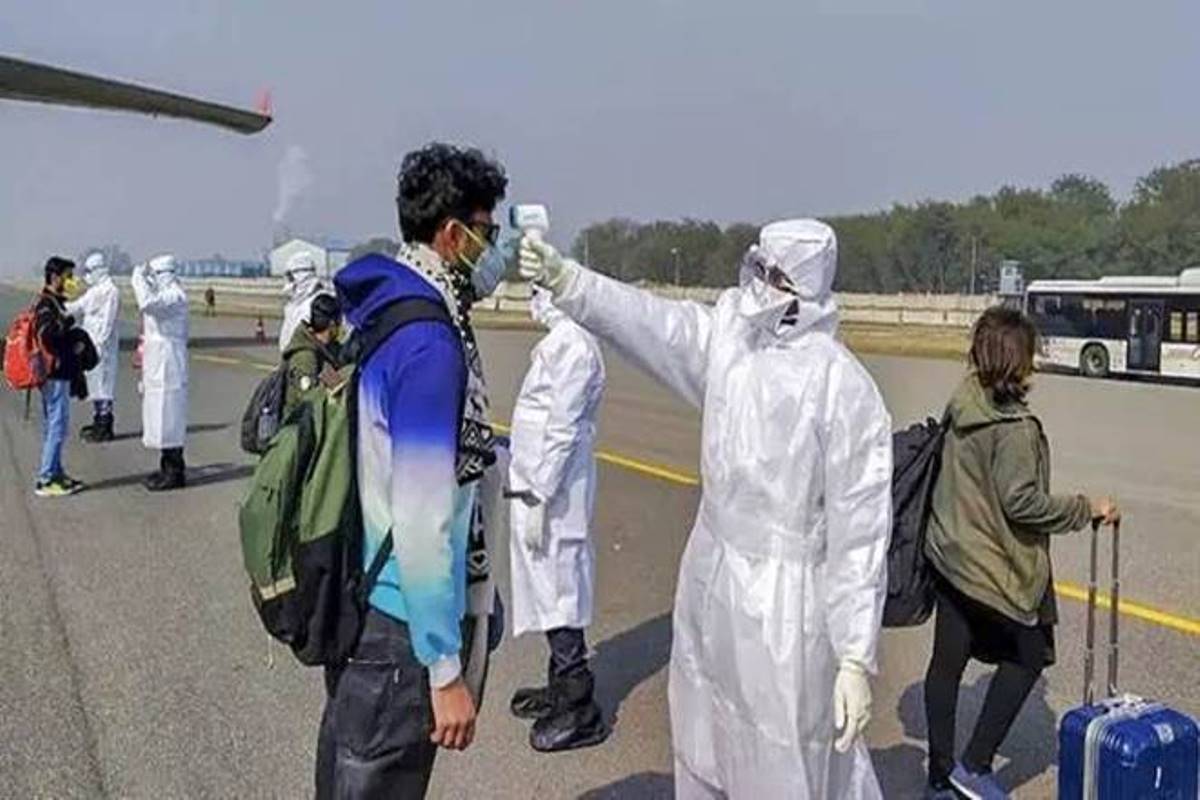

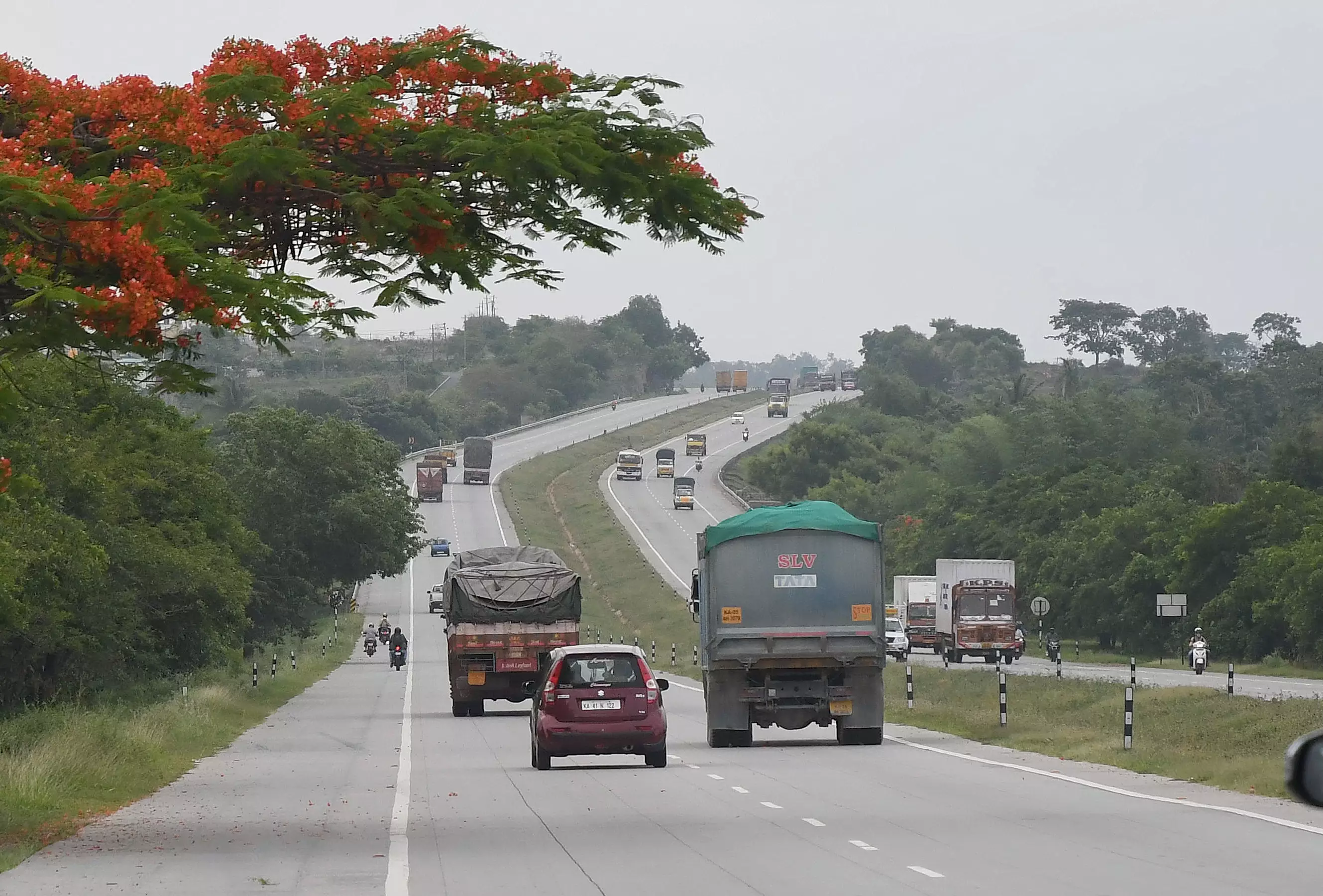
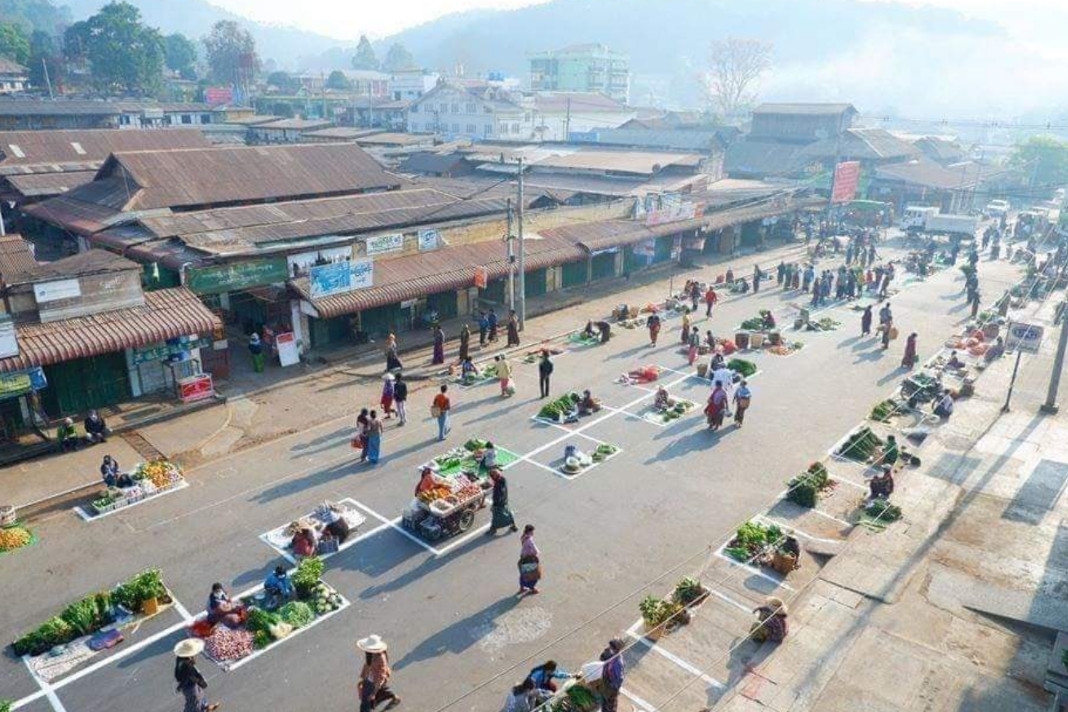

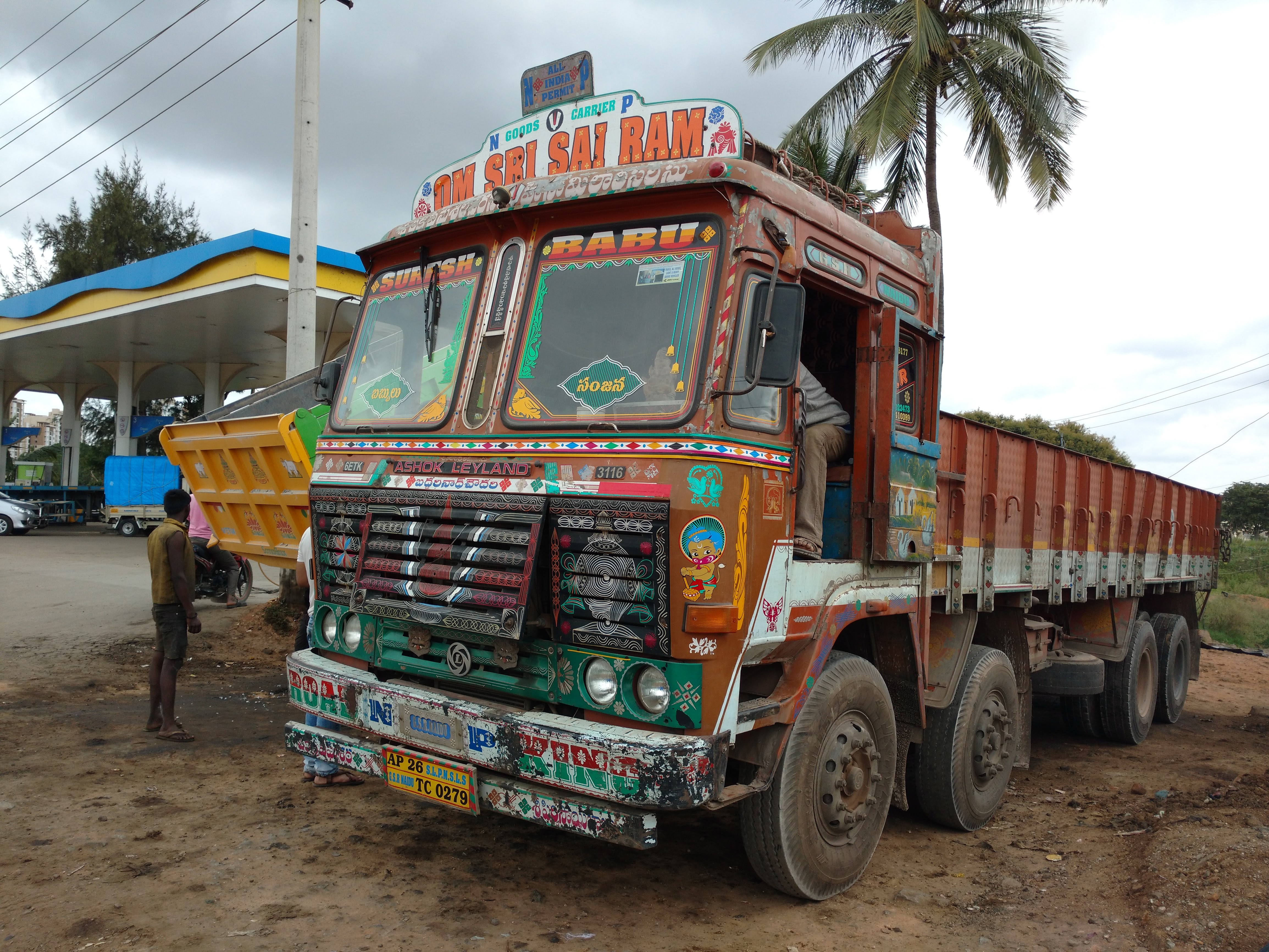

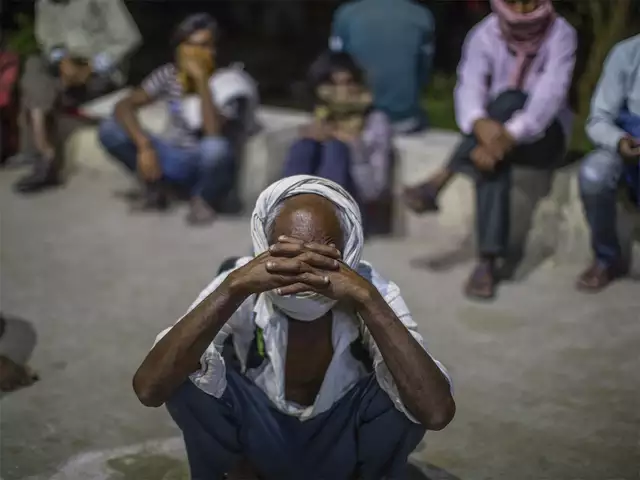
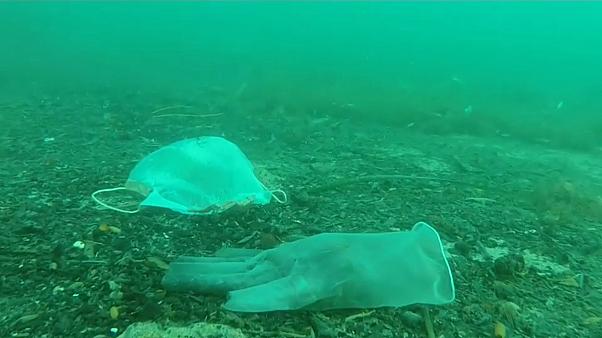
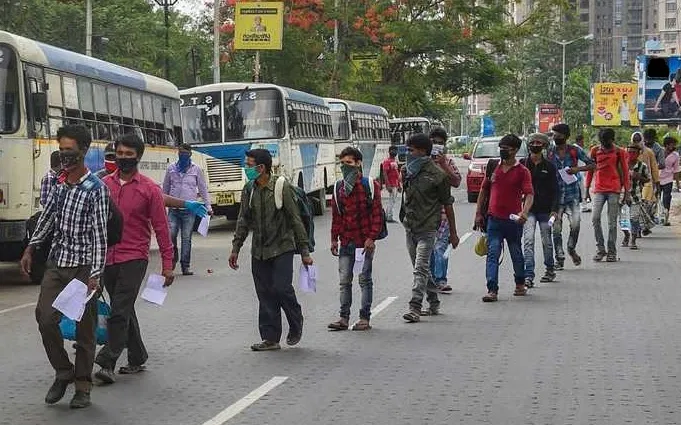








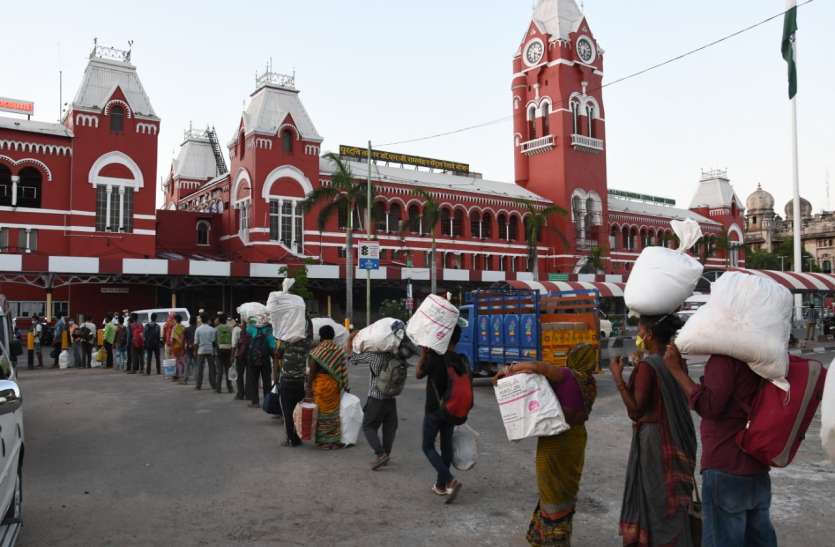
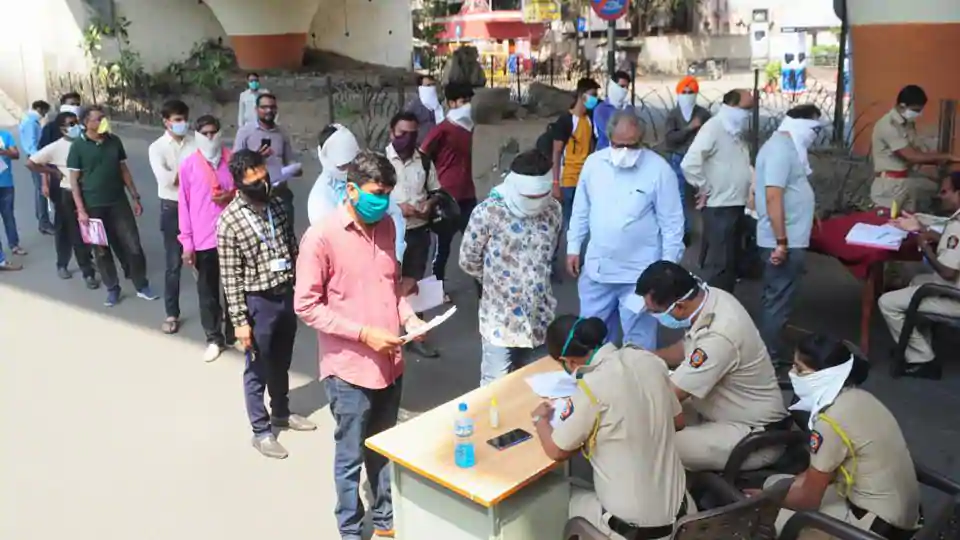
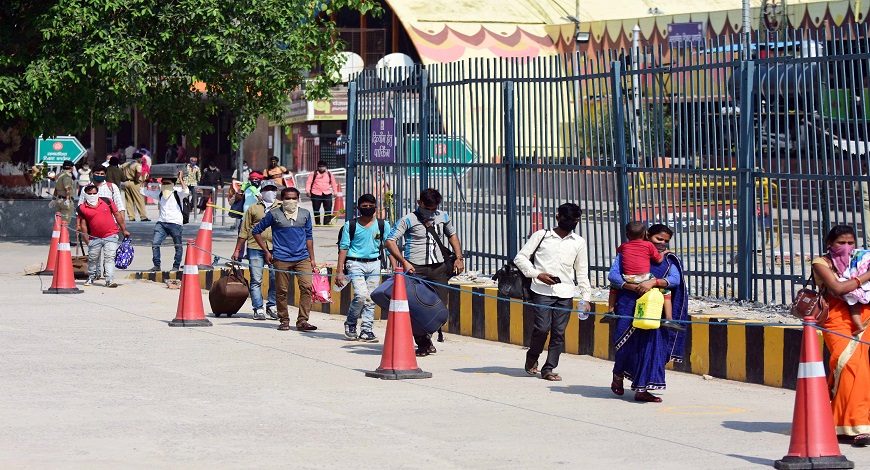
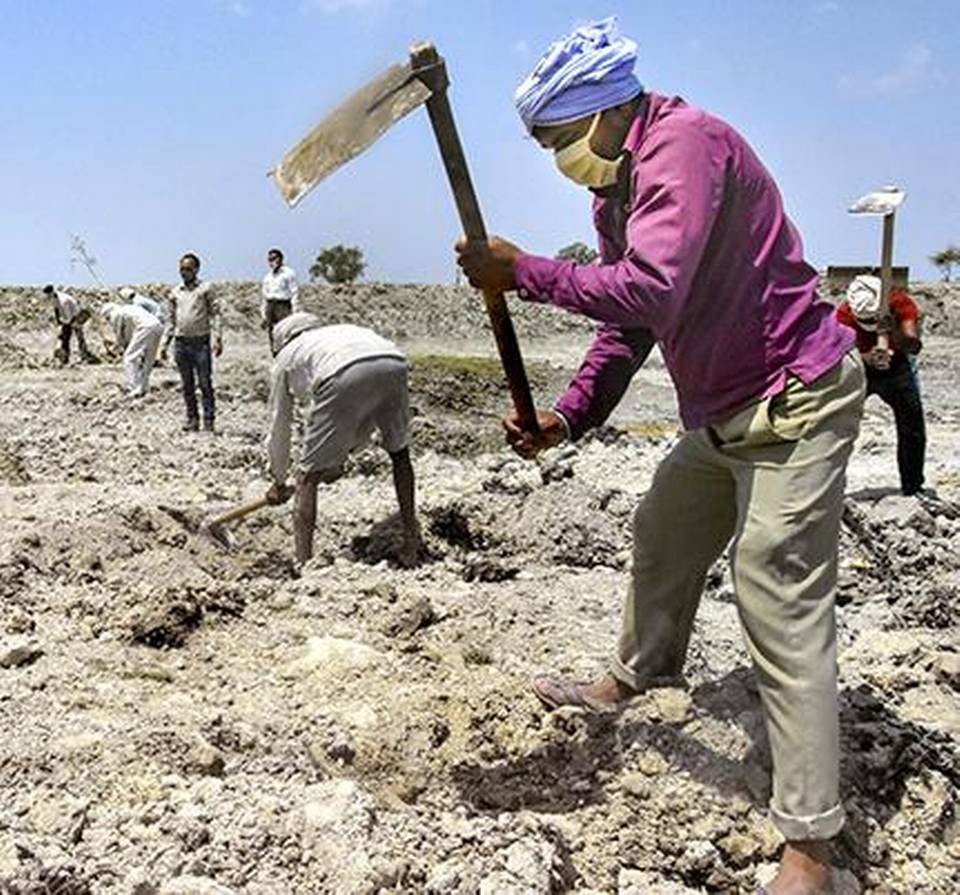
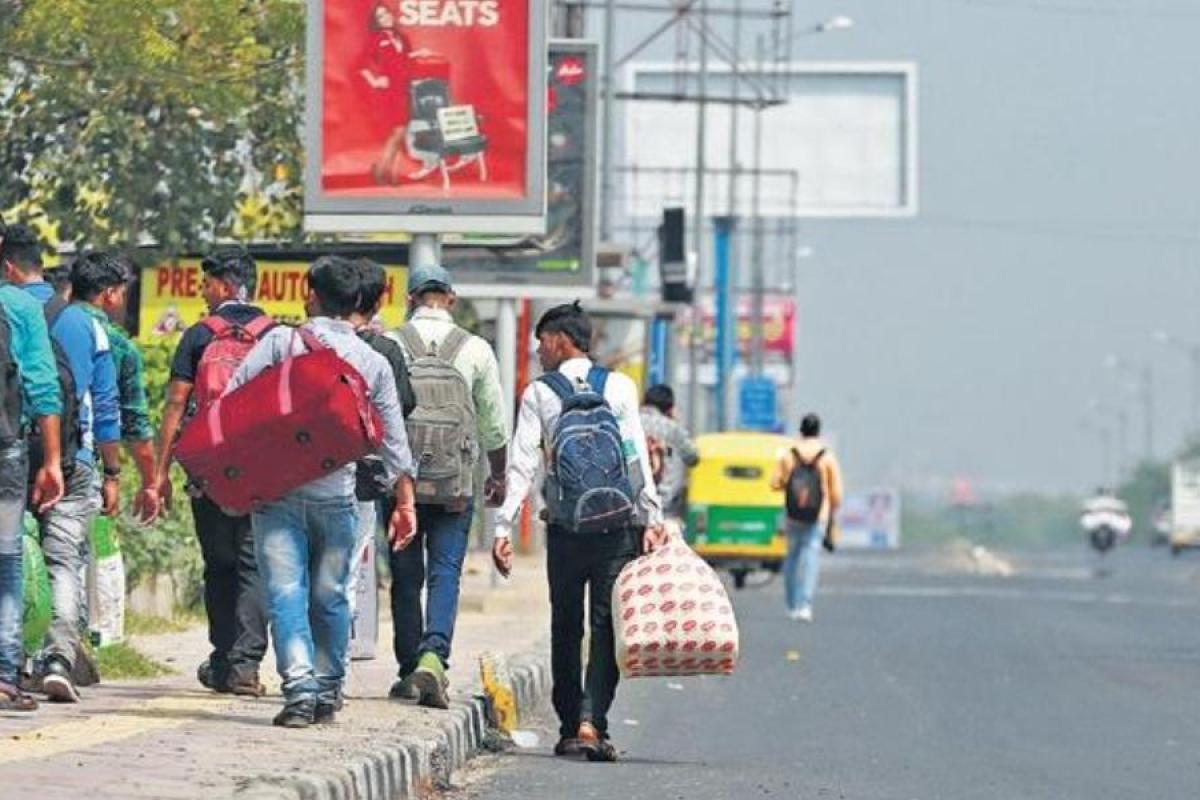
Rashmi Lad
Vikas Prabhu